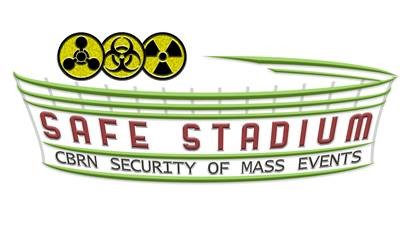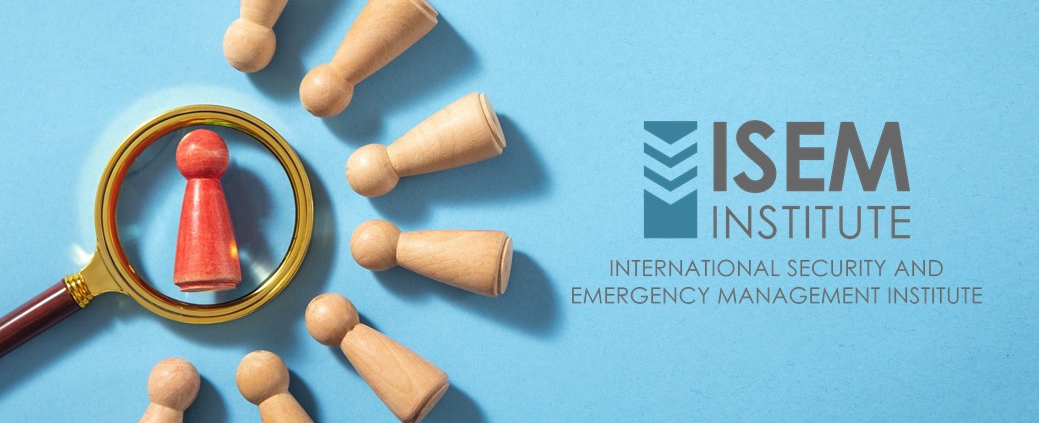Get to know Safe Stadium project – ISEMl
We present second interview with Safe Stadium consortium member – International Security and Emergency Management Institute (ISEMl).
……….
Why did ISEMI join the Safe Stadium project?
International Security Emergency and Management Institute is professional platform of former or active police and national security officers, military, civil protection and crises management experts from around the world with great knowledge and experience in CBRN safety, security and related topics. We decided to join the Safe Stadium project with the aim to share our expertise and to support achievements of all objectives in Safe stadium project – Integrated large sport facilities protection system supporting the CBRN security of mass.
Which of your proposals do you think are most important for the project?
The most important outcome of the project is to equip our end users´ consortium partners from MAKIS, SERIS, MSK Zilina, Real Madrid and Lech Poznan with knowledge, training and raising awareness materials, procedures and tools that they will use them in real life during sport and mass events at their stadium after project to be able to prevent, protect, response to CBRN Incidents or Attacks in close cooperation with Law Enforcement Agencies. At the beginning of project, we analysed all gaps and needs and provided recommendations to improve situation at the stadiums regarding CBRN safety and security. Based on analyses, consortium developed integrated CBRN protection system, training and raising awareness materials, exercises, different procedures, guidelines and plans and we are ready to execute trainings and exercises to validate if all developed deliverables are useful and beneficial for end users. We have been working very hard to achieve all project objectives.
What CBRN threats are the most dangerous for stadiums?
The most dangerous CBRN threats are those that can create immediate primary effects, it means contamination which can cause harm to people and secondary effects from panic, chaos, that result in different injuries or deaths.
Can such agents be brought to the stadium earlier and activated later?
Everything depends on security measures at the stadiums before, during and after matches or mass events. At the beginning of project, we assessed current capabilities of stadiums in project, how they are prepared for such situations. Based on the analyses we provided reports to stadiums managers, where we proposed some recommendations to enhance CBRN security at their stadiums. If one or more of established security measures are violated, sure there is possibility to bring hazardous material to vicinity of stadiums and to activate it during sport or mass events. Mission and tasks of sport or mass event organizer, security staff and stewards are very significant to not allow such incidents or attacks happened. They have to be fully focused on their tasks and do not underestimate any situation before, during and after sport or mass event at the stadiums.
Which groups of employees should be trained, only stewards?
During analytical phase of project, we identified needs to organize trainings and raising awareness for Stadium managers, Security managers and staff, Stewards, Regular (non-security) employees and Tenants. We decided to develop training curriculums with training materials for Security Managers and Stewards and raising awareness leaflets, brochures and videos for Stadium managers, Regular (non-security) employees and Tenants. Each target group should be trained according to needs and requirements of end users.
Are activities related to responding to CBRN threats too expensive, can sports clubs afford such expenses?
Speaking about the response to CBRN Incident we know that probability of such incident or attack is very low, however the impact is very high. Every stadium should cooperate with national or local police, firefighters and medical units to manage response with their capabilities, but stadium security personnel, stewards and speaker should be able to support response mainly in very initial phase. Response to CBRN threats is quite expensive and during high visibility sport events a lot of multiagency services are in place to be ready to prevent and response to any CBRN Incidents or attack. However, Safe stadiums project offers some solutions that can improve situation with minimum financial expenses. We developed trainings, basic response procedures, raising awareness documents and integrated tool for security rooms, that could be used at stadiums. Detection equipment, personal protective equipment, decontamination equipment is expensive, but big clubs may invest minimum expenses to achieve basic standards in detection of CBRN threats and protection against them.
Do you see importance to share outcomes of Safe stadium project?
During EU CBRN COE Project 61 Sound Management of Chemicals and their associated wastes in South East Asia, where ISEMI was one of the implementers, we informed experts from Cambodia and Thailand, about Safe stadium project objectives, tasks and activities. This led to further cooperation on enhancing of CBRN Capabilities in Cambodia as part of EU CBRN COE Project 62 On-site Technical Assisstance to EU CBRN COE in South East Asia. During training of Cambodian CBRN Response Team for SEA Games 2023, we implemented some procedures that we developed in Safe stadium projects and we see a lot of useful deliverables that can be shared with stadium security managers or Law Enforcement Agencies in EU and around the world with the aim to cope successfully with CBRN Threats.


